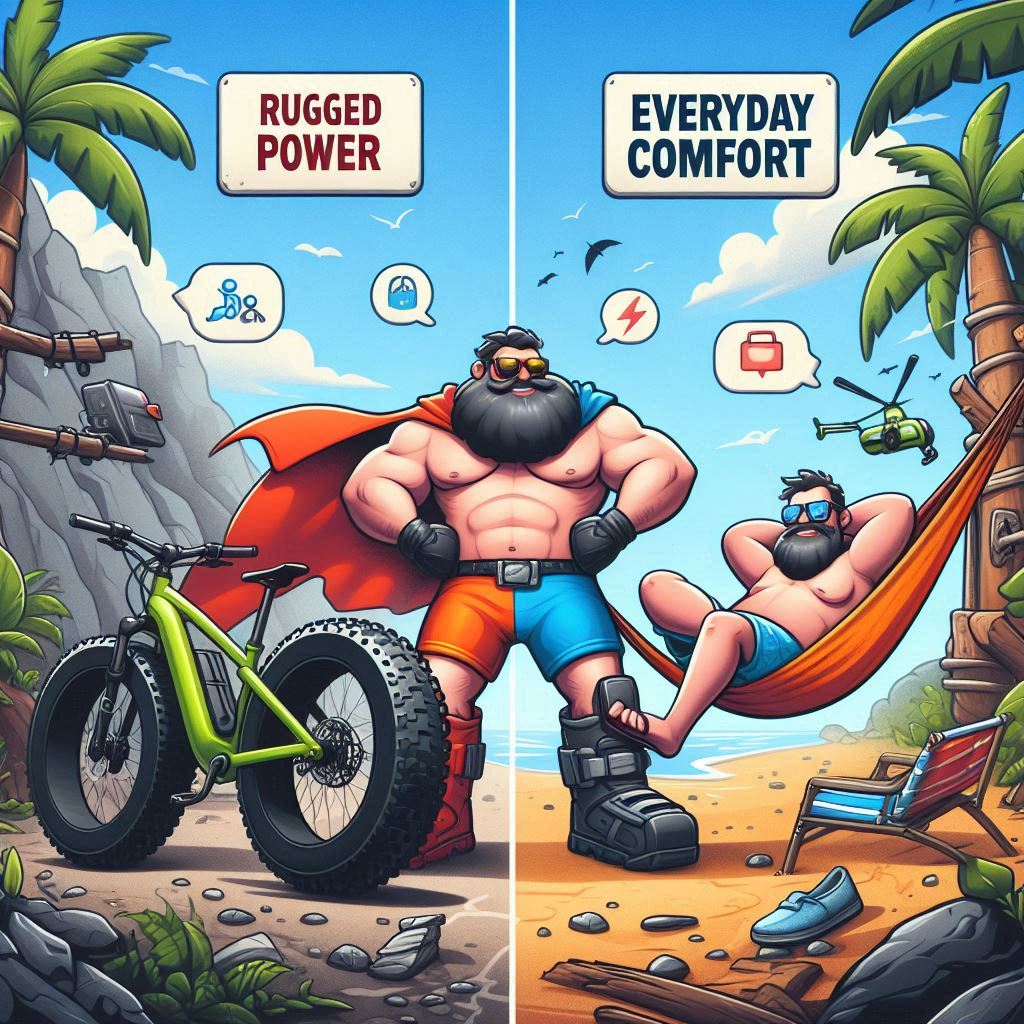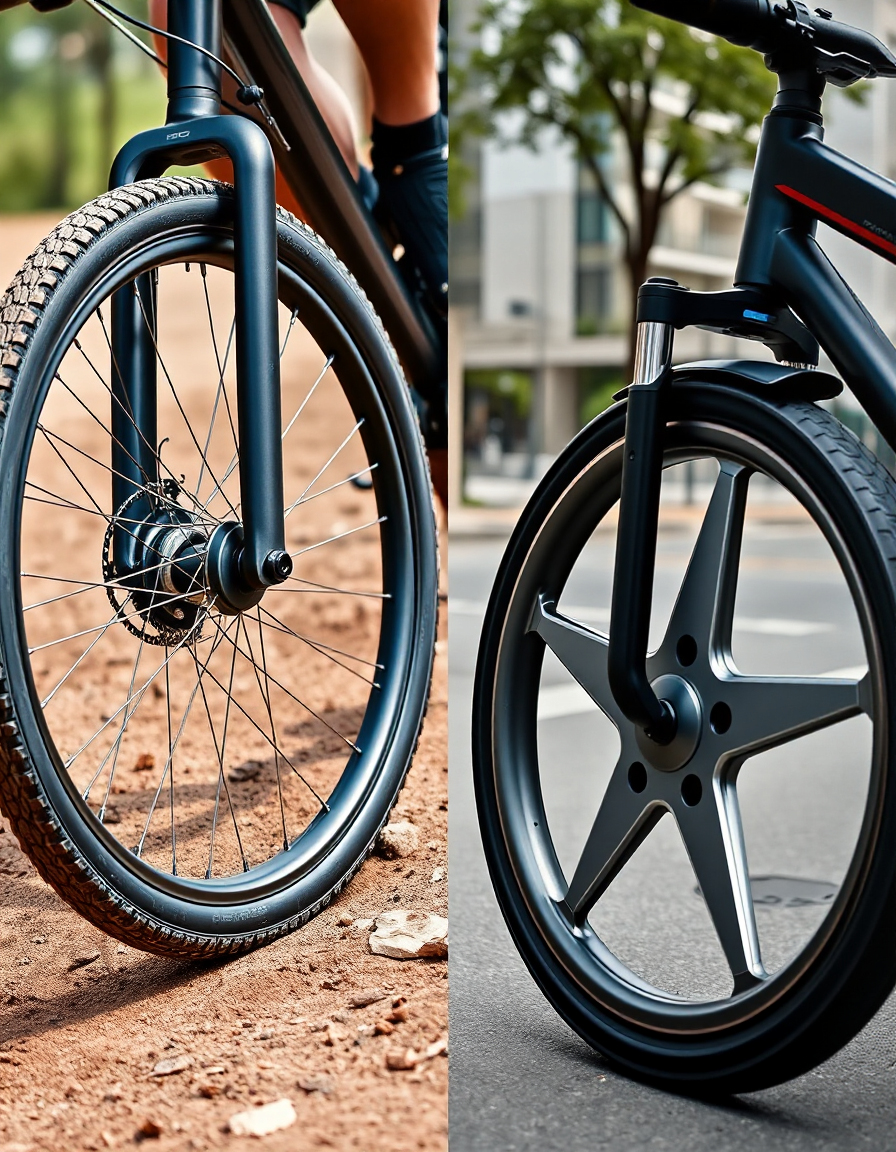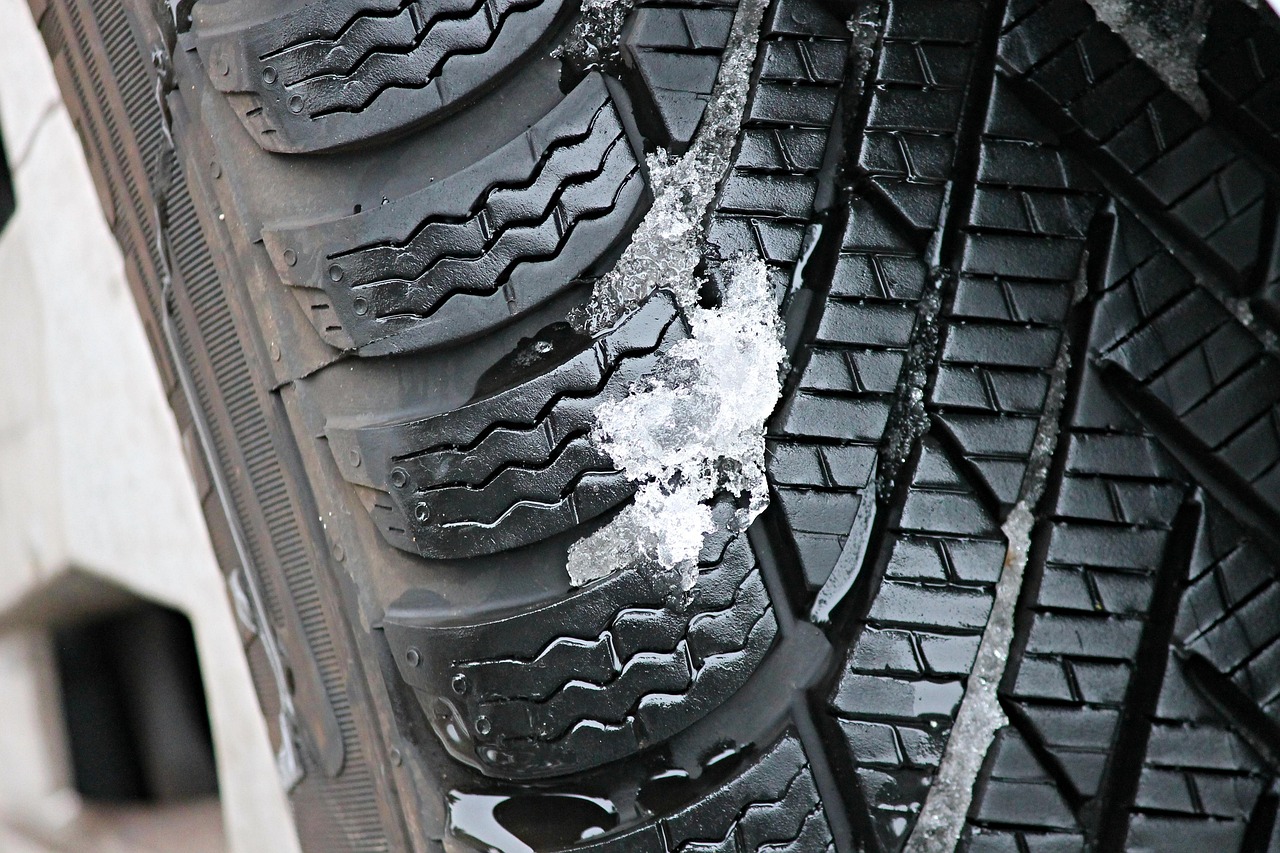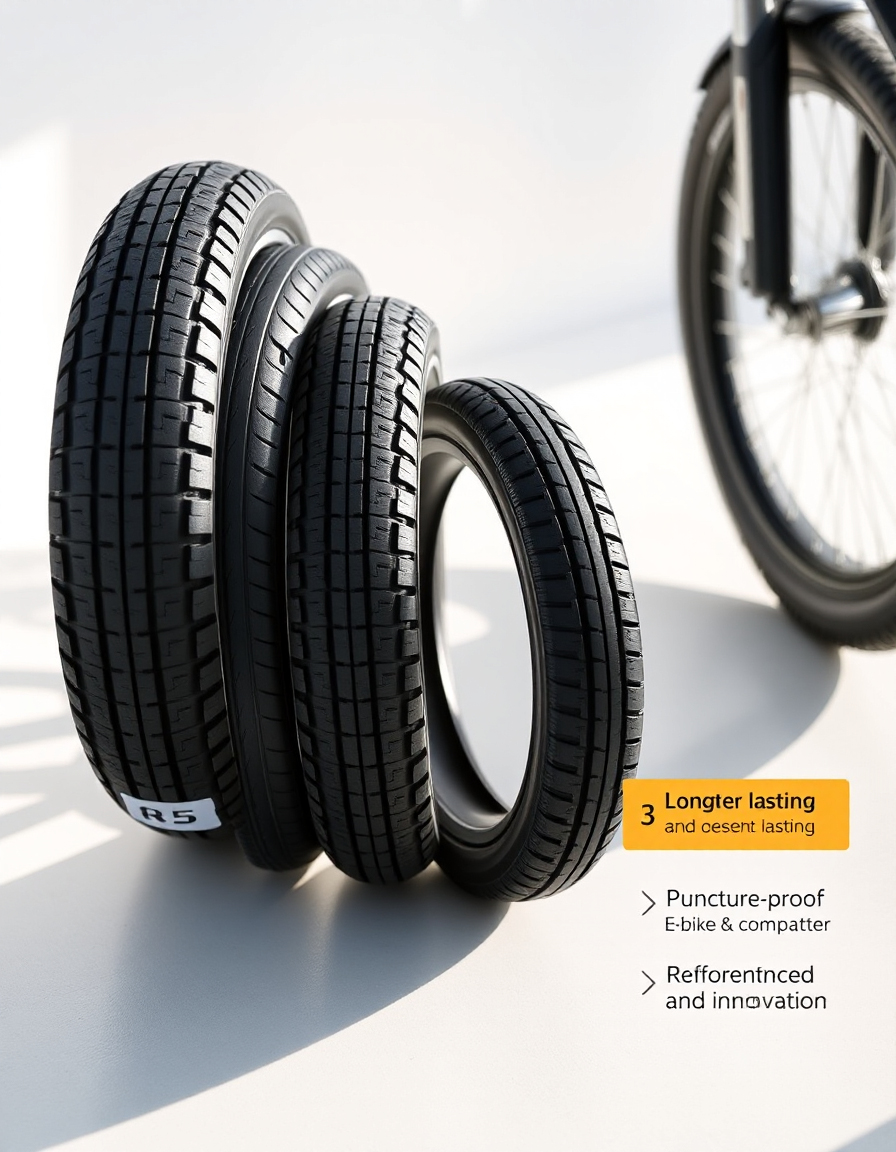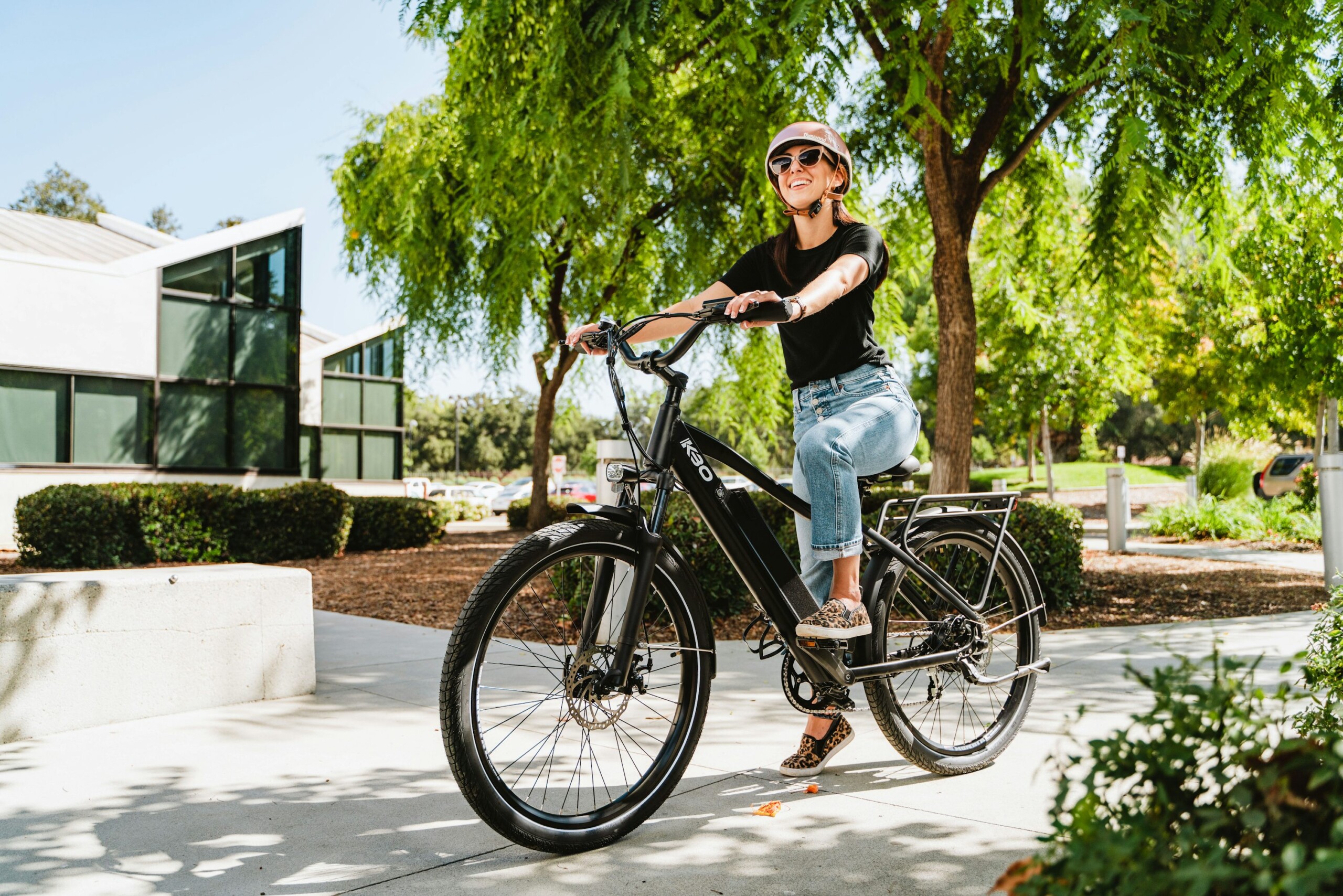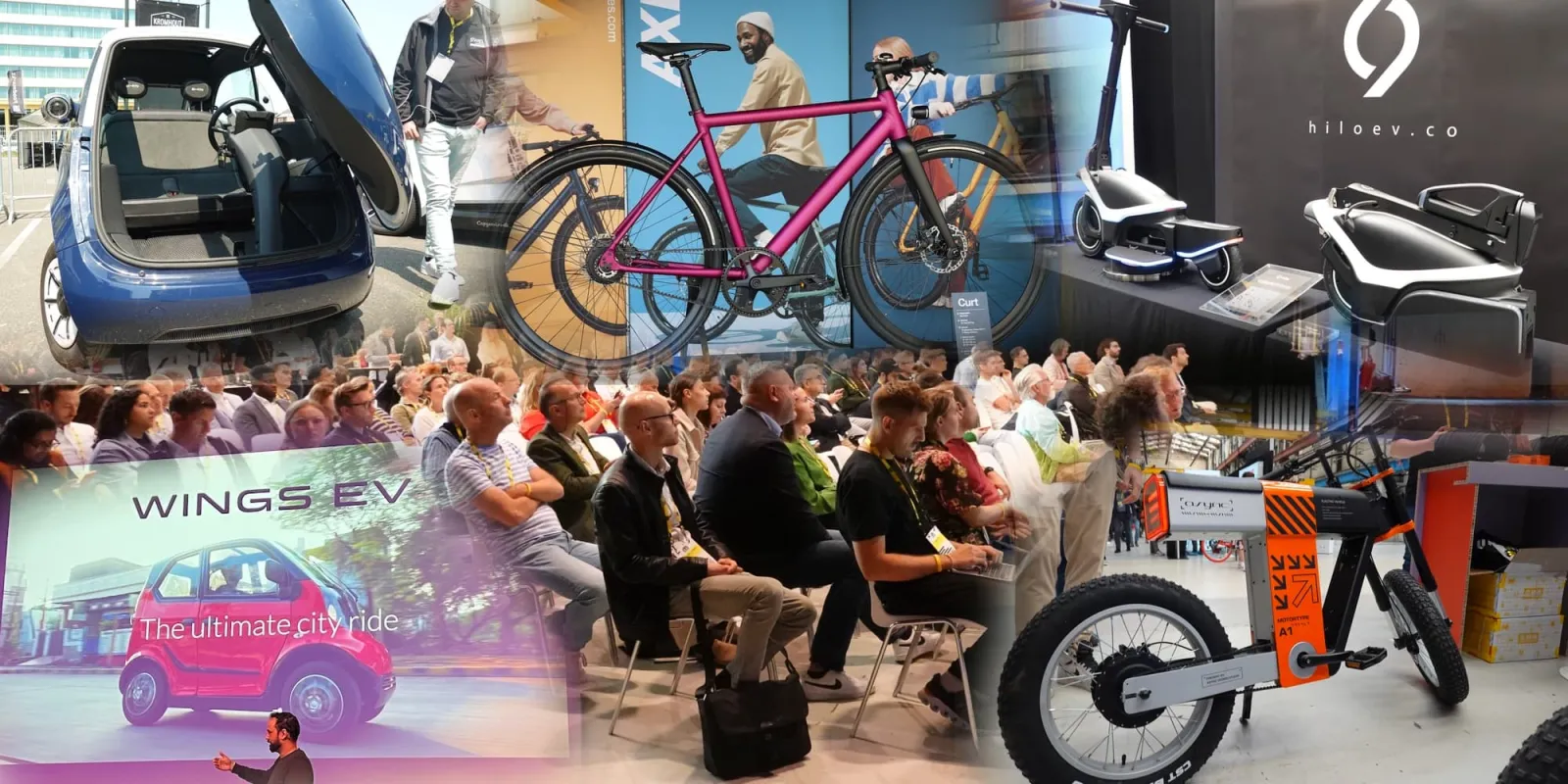The Surprising Rise of Delivery by E-Bike: How U.S. Gig Workers Thrive with Electric Bikes

Game-Changing Delivery by E-Bike: Why U.S. Gig Workers Rely on Electric Bikes
The gig economy is experiencing explosive growth, and one of the most noticeable shifts is the rise of Delivery by E-Bike. Across major U.S. cities, gig workers for platforms like Uber Eats, DoorDash, and Grubhub are turning to electric bikes as their go-to mode of transportation. Unlike cars or motorcycles, e-bikes combine affordability, agility, and eco-friendliness, allowing couriers to cut costs while increasing efficiency. Learn more about the impact of e-bikes on urban mobility from The New York Times.
What once seemed like a niche trend has now become a nationwide movement. Delivery by E-Bike empowers riders to navigate traffic-clogged streets, access bike lanes, and complete more deliveries per shift—translating into higher earnings and better customer satisfaction. For many, the choice goes beyond economics: it’s also about reducing environmental impact and embracing a healthier, more sustainable way of working in the gig economy. The U.S. Department of Transportation reports that e-bike adoption can significantly reduce carbon emissions and congestion.
As more cities build cycling infrastructure and as consumer demand for greener services grows, Delivery by E-Bike is emerging as the future of urban logistics. For gig workers, adopting this model is not just a cost-saving decision—it’s a game-changing strategy to stay competitive in an industry where speed, efficiency, and sustainability define success.
Read More!
📦 Why E-Bikes Are Popular for Delivery
Delivery riders face unique challenges: unpredictable traffic, rising fuel prices, and the constant pressure to complete orders quickly. In this environment, Delivery by E-Bike has become a powerful solution. Electric bikes offer the perfect balance between the speed of a motorcycle and the flexibility of a traditional bicycle. Studies from Brookings Institute highlight how e-bikes increase delivery efficiency in congested cities.
Beyond convenience, Delivery by E-Bike is also about cost savings. Without the burden of gas prices, car insurance, and constant vehicle maintenance, riders dramatically reduce overhead expenses. Many gig workers report that their profit margins increase significantly once they switch to e-bikes.
There’s also a strong environmental and cultural appeal. Delivery by E-Bike supports urban sustainability by reducing emissions and noise pollution, while also encouraging healthier lifestyles for riders. Customers are increasingly aware of eco-friendly choices, and many appreciate supporting couriers who use green transportation methods.
- Cost-Effective: No gas, low maintenance, and minimal insurance expenses.
- Traffic-Friendly: E-bikes can navigate dense urban streets and bike lanes easily.
- Eco-Conscious: Reduced emissions help workers support sustainability while working.
- Speed & Flexibility: Deliveries are often faster during peak hours on a bike than by car.
💼 Real Earnings & Efficiency
For many gig workers, Delivery by E-Bike has proven to be a smarter financial decision compared to using cars or motorcycles. Riders in major U.S. cities such as New York, San Francisco, and Chicago consistently report earning between $20–$35 per hour during peak times. What makes this even more significant is the lower overhead: no fuel costs, minimal maintenance, and almost no parking expenses. Car-based delivery often eats into profits with hidden costs like gas, parking tickets, insurance, and expensive repairs. In contrast, Delivery by E-Bike allows workers to keep a larger share of their income while avoiding financial pitfalls. For more details on earnings, see Indeed Career Guide.
Efficiency goes hand in hand with earnings. With an e-bike, delivery riders can skip the frustrating search for parking and pull directly up to a customer’s door. This saves several minutes on each order—time that quickly adds up when completing 20–40 deliveries per day. Over the course of a week, these small time savings translate into more completed orders, more tips, and ultimately higher profits. Beyond financial gains, efficiency also touches the rider’s overall experience.
🧰 Essential Gear for E-Bike Delivery Riders
Success in Delivery by E-Bike depends not only on the quality of the bike itself but also on the rider’s preparedness. The right equipment ensures safety, efficiency, and customer satisfaction—three pillars of long-term success in the gig economy. While e-bikes provide speed and flexibility, riders who invest in durable and professional gear are the ones who maximize their earning potential and avoid unnecessary setbacks during long shifts. Having the proper setup transforms Delivery by E-Bike from a convenient option into a highly competitive advantage.
Professional gig workers know that well-chosen accessories are just as important as the vehicle itself. Beyond protecting the rider from weather and city hazards, proper gear safeguards the customer’s order—directly impacting tips and ratings. In crowded urban areas, being prepared means fewer delays, greater comfort, and improved reliability. For many workers, building the right toolkit has become part of their strategy to make Delivery by E-Bike both profitable and sustainable.
- Insulated delivery backpacks: High-quality, insulated bags keep food hot or cold, ensuring customer satisfaction and better reviews.
- Phone mount + power bank: GPS navigation and constant connectivity are lifelines for delivery riders; a backup power source is essential.
- High-lumen lights and reflectors: Nighttime Delivery by E-Bike requires maximum visibility for both safety and compliance with city regulations.
- Heavy-duty locks and GPS trackers: Theft prevention is a major concern in urban centers, and investing in strong locks saves riders from costly losses.
- Rain gear & gloves: Weather can shift quickly; proper waterproof clothing ensures riders stay productive and comfortable even during storms.
In short, gear is more than just equipment—it’s an investment in professionalism. Riders who take Delivery by E-Bike seriously know that every detail, from safety to order quality, impacts their income and reputation. By equipping themselves properly, they not only improve their day-to-day experience but also position themselves as reliable workers in a highly competitive delivery market.
📊 Pros & Cons Table
Like any delivery method, Delivery by E-Bike comes with both advantages and challenges. For gig workers who rely on their vehicles for daily income, understanding these trade-offs is crucial before committing fully to this mode of work. While e-bikes are rapidly transforming the way urban deliveries are handled, riders must weigh factors such as cost, efficiency, comfort, and weather resilience to determine if this is the right fit for their lifestyle and earning goals.
One of the biggest strengths of Delivery by E-Bike is its cost-effectiveness. With no fuel expenses, minimal insurance costs, and reduced maintenance compared to cars or scooters, riders keep more of their earnings. On top of that, e-bikes allow workers to bypass heavy traffic, reach customers faster, and reduce their carbon footprint. However, challenges do exist: unpredictable weather, limited carrying capacity for large orders, and the upfront purchase price of a reliable e-bike can all pose barriers. For most riders, though, the long-term savings and improved efficiency make these trade-offs worthwhile.
| Pros | Cons |
|---|---|
| Low operating costs (no gas, minimal maintenance) | Weather-dependent (rain, snow, extreme heat) |
| Faster in congested urban areas with bike lane access | Limited carrying capacity for bulk or oversized orders |
| Eco-friendly transportation with reduced emissions | Battery range limits require charging during long shifts |
| Health benefits from light exercise and reduced stress | Initial purchase cost of a reliable e-bike can be high |
| Easy parking and doorstep delivery convenience | Potential theft risks in crowded city environments |
Overall, the balance of pros and cons shows why Delivery by E-Bike is becoming the go-to choice for many gig workers. With careful planning—such as investing in weather gear, choosing the right delivery bag size, and managing battery life—most of the drawbacks can be mitigated, leaving riders free to enjoy the economic and environmental benefits of this growing trend.
🔍 Cities Leading the Trend
Across the United States, certain cities are emerging as leaders in the movement toward
Delivery by E-Bike. These urban centers combine supportive infrastructure, dense populations,
and strong cycling cultures that make electric bikes a natural fit for gig workers. Local policies
often accelerate the trend, with city governments offering subsidies, tax incentives, or designated
bike lanes to make delivery routes safer and more efficient. As food delivery apps expand and
customer demand for faster, greener options grows, the popularity of e-bike couriers continues
to surge in these hotspots.
In fact, Delivery by E-Bike is no longer a niche phenomenon limited to bike-friendly areas—it has
become a practical, mainstream solution in America’s busiest cities. From navigating dense
traffic to reducing delivery times, e-bikes are proving to be the most adaptable tool for gig workers
striving to maximize efficiency and earnings while also supporting sustainable transportation goals.
- New York City: With more than 65,000 food delivery workers, NYC has become the epicenter of
Delivery by E-Bike. The city offers delivery zone rules, subsidies for e-bike purchases, and an
expanding network of protected bike lanes, making it the largest hub for couriers in the U.S. - Los Angeles: Known for its sprawling neighborhoods and heavy traffic, L.A. delivery workers prefer
long-range e-bikes capable of covering 30–50 miles per charge. Here, Delivery by E-Bike is seen
as a game-changer that helps riders avoid long delays and cut operating costs compared to cars. - Portland: Portland’s sustainability-first culture has made it a natural incubator for eco-conscious
solutions. Gig workers in Portland are encouraged to adopt Delivery by E-Bike, supported by
local incentives and a community that values low-emission transportation.
Each of these cities demonstrates how environment, culture, and regulation intersect to shape
the adoption of new technologies. As infrastructure improves nationwide, it’s expected that
Delivery by E-Bike will continue expanding beyond major metropolitan hubs into mid-sized cities
and even suburban areas.
“Electric bikes have revolutionized gig work by making deliveries faster, cheaper, and greener.” — A NYC courier
Suggested topics:
E-Bikes and Batteries Recycling
AI and Smart Sensors
Smart Urban Riding Etiquette
E-Bike Storage Solutions
Puncture-Resistant E-Bike Tires
🎥 Watch: Explore how U.S. gig workers are thriving with electric bikes, the advantages of delivery by e‑bike, and why this trend is transforming urban logistics.
🚀 The Future of Delivery by E-Bike
With rising fuel prices, stricter emissions regulations, and an increasing consumer demand for sustainable services,
Delivery by E-Bike is poised for significant growth in the coming years. Major gig economy platforms are
already experimenting with innovative partnerships, including e-bike rental and leasing programs that make it easier
for workers to adopt electric bikes without a large upfront investment. As battery technology continues to improve,
ranges extend, and charging times decrease, the convenience and profitability of Delivery by E-Bike
will only become more attractive to both new and experienced riders.
Infrastructure developments in cities across the U.S. are further fueling this trend. Protected bike lanes, dedicated
delivery corridors, and smart traffic systems are making urban cycling safer and more efficient than ever before.
For gig workers, embracing Delivery by E-Bike is no longer simply an eco-friendly choice—it is a strategic
move to stay competitive. Those who adopt early gain tangible advantages: faster delivery routes, higher potential earnings,
lower operational costs, and a significantly reduced environmental footprint compared to car-based alternatives.
Looking forward, the future of Delivery by E-Bike also intersects with technology and innovation.
Integration with app-based fleet management, AI-powered route optimization, and smart battery monitoring can
further enhance productivity and reliability. As consumers increasingly prioritize speed, convenience, and sustainability,
e-bike couriers are set to play a central role in reshaping urban logistics and the gig economy at large.
Ready to Start Delivering with an E-Bike?
Want to Stay Ahead?
Subscribe to our newsletter to get the latest insights on Delivery by E-Bike trends, urban mobility innovations, and gig economy breakthroughs.
❓ Frequently Asked Questions (FAQ) About Delivery by E-Bike
How often should I perform maintenance on my e-bike?
What is the average battery range for e-bikes used in delivery?
Can e-bike delivery riders work in the rain?
How much can gig workers earn using e-bikes?
Are there special insurance requirements for e-bike delivery?
What essential gear do delivery riders need?
How long does it take to recharge an e-bike battery?
Is delivery by e-bike faster than by car?
What are the biggest challenges of e-bike delivery?
Can e-bike couriers deduct expenses for tax purposes?

